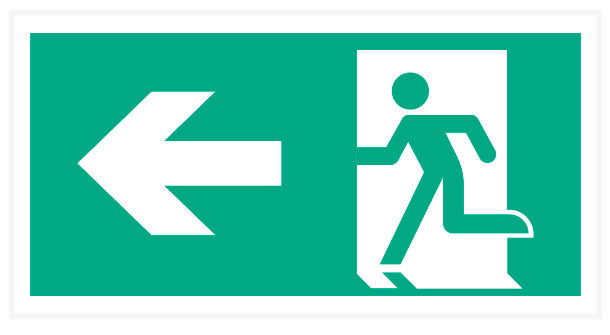The three main causes of these fires can be categorized as misuse of ignition sources or equipment, mechanical or electrical failure, and design, construction or maintenance deficiency.
Fire safety plans are an essential part of being proactive about preventing fires on your operation.
Having a fire safety plan in place ensures that in the event of a fire, everyone on the farm knows how to react quickly and safely. Having a plan not only has the potential to minimize the loss from a fire, but also can hopefully prevent any accidental deaths. Fire safety plans should not only identify what to do in the event of a fire, but also preventative measures and controls that have been put into place to reduce the risk of fire.
Fire safety plans should cover two main topics: plan and prevention.
1. Have a plan
Your fire safety plan should be detailed and cover the following:
- What to do in the event of a fire. Include steps on evacuating the area, alerting others, animal safety, contacting emergency services, etc.
- Site- and building-specific evacuation maps
- Emergency contact numbers such as police, fire department, local gas company and owner numbers
- Operation address
- Muster or meeting point for employees and visitors to go to in the event of a fire
- Location of all fire extinguishers
- Designated emergency safety personnel who will be in charge in the event of a fire and give direction to other employees and emergency response personnel
- Preventative measures to reduce the risk of a fire, such as annual inspections, schedule of inspections for electrical equipment, machines, fire extinguishers, etc.
Your municipality may have different requirements for a fire safety plan. Contact a local representative to ensure your fire safety plan meets their requirements.
2. Prevention
Being proactive is one of the best ways you can help to stop a fire from starting. After you have created a fire safety plan, you need to put controls in place to be proactive about preventing fires. Some controls you should implement include:
- Create a schedule to perform regular maintenance and inspections on electrical and wiring.
- Set up a cycle of annual maintenance on equipment and machines.
- Ensure chemicals are stored in a secure area and follow the proper storage directions on the chemicals’ safety data sheet.
- Ensure everyone on your operation is doing their part to maintain good housekeeping practices.
- Ensure you have the proper fire extinguishers installed in your buildings and that they are inspected annually by a professional company.
- Store and maintain motorized equipment away from livestock.
- Store combustibles in a designated area away from livestock and in the appropriate containers.
- Finally, monthly inspections should be conducted by your health and safety representative. These monthly inspections are essential to ensuring the safety of all farm employees and to identify hazards that can be fixed.
Of course, even with the best proactive and preventative measures in place, fires can still occur on your operation. Having a fire safety plan is only useful if everyone on the farm knows what the plan is and if you practice it. In a fire, there is not time to stop and think about what to do. You should conduct fire safety drills on the farm. All team members should know where emergency evacuation doors and fire extinguishers are. By having and reviewing a fire safety plan, you will know what steps to take in order to keep yourself, your co-workers and animals safe. ![]()
Getty Images.
References omitted but are available upon request. Click here to email an editor.
Cheryl DeCooman, CHRL, can also be reached at (519) 532-2508 or on Twitter and Instagram.

-
Cheryl DeCooman
- President
- People Management Group
- Email Cheryl DeCooman










